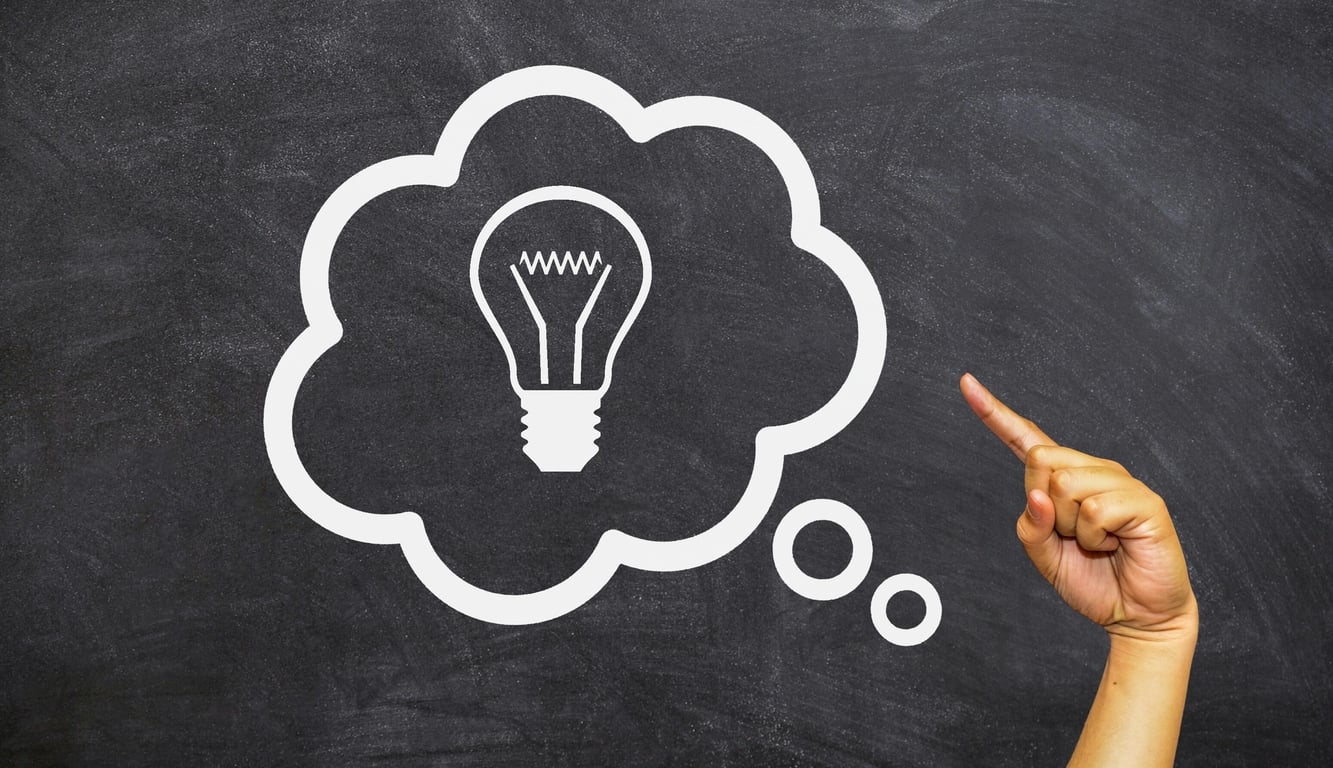The modern era is characterized by rapid and dynamic changes in various aspects of human life. In this context, literary works play a significant role in reflecting and portraying the social, political, and cultural realities that exist. In this essay, we will explore literary works in the modern era, highlighting how writers use their creativity to understand and interpret the ever-changing world.
One distinctive feature of literary works in the modern era is the use of diverse styles and forms of expression. Modern writers tend to break traditional boundaries and adopt more experimental approaches. They dare to try new narrative techniques, innovative writing styles, and unconventional structures. For example, works by James Joyce such as “Ulysses” combine various styles and genres into a complex narrative.
Moreover, modern literary works often explore themes that are relevant to their time. Modern literature tends to reflect the tensions and changes in society, such as industrialization, urbanization, war, politics, gender, and identity. Writers like Virginia Woolf in her work “To the Lighthouse” depict changes in women’s roles and psychological explorations within the context of a patriarchal society.
Furthermore, modern literary works often introduce new perspectives in human understanding of the world. Modern writers strive to delve into and portray the complexity of human beings, including emotions, thoughts, and individual experiences. They may employ non-linear plots, unreliable narrators, or even incorporate metafictional elements into their works. Thus, modern literary works invite readers to think critically and see the world from different perspectives.
It is important to note that technological advancements also have a significant influence on modern literary works. Writers use technology as a means to explore virtual reality, online life, or the impact of technology on society. For instance, William Gibson’s novel “Neuromancer” delves into the world of cyberspace and explores concepts such as digital identity and technological addiction.
Literary works in the modern era also reflect the plurality and diversity in society. Modern writers often highlight cultural differences, religion, language, and social backgrounds. They may employ multilingual styles, combining different languages and dialects, or create characters with dual identities. For example, Salman Rushdie’s work “Midnight’s Children” explores the complex identity of India through characters who possess special abilities.
In the tumultuous modern era, literary works become important means to voice opinions, criticize, and question the state of the world. Modern writers often engage in social and political movements, and their works reflect their concerns about issues such as human rights, feminism, racism, or environmental crises. Works like Margaret Atwood’s “The Handmaid’s Tale” or Toni Morrison’s “Beloved” present critical views of society and invite us to reflect on the challenges faced by the world today.
Overall, literary works in the modern era reflect the complexity and dynamics of the changing times. Modern writers dare to break boundaries and explore various techniques, themes, and perspectives. In the process, they challenge readers to think critically, question conventions, and gain a deeper understanding of humanity and the world around them.






